Back in the spring of 2011 or 2012, I traveled to NYC for a long weekend, Brompton folding bike in tow, ready to explore the city on two wheels. While I was completely comfortable biking on Chicago streets, where I lived at the time, I was intimidated by the thought of biking in NYC. Aren’t NYC streets dangerous, chock full of aggressive cabbies, pedestrians crossing every which way, delivery trucks laying on their horns and clogging narrow streets?
I was staying on the Upper West Side and decided to bike to an appointment in Union Square, about 4 miles away. I found my way to Columbus Circle by biking through Central Park (easy), had a close call with a tour bus on the way to Times Square (scary), then made my way onto a beautiful protected bike lane on Broadway (magical). I’m not sure I had ever seen a protected bike lane before and could hardly believe my eyes, that this oasis of bicycle infrastructure would exist in the middle of Manhattan.

I gleefully rode from Times Square to Madison Square to Union Square, marveling at the plazas that I encountered along the way, each one dotted with cafe tables and people lounging in the sun. It felt like I had gone through a time warp and found myself in a city from the future with shared and safe spaces for everyone to enjoy on a pleasant spring day. By the time I arrived at Union Square, where I picked up some fresh food at the sprawling farmer’s market and enjoyed the free Wi-Fi (!!!) in the park, I had pretty much decided I wanted to move to NYC. I wanted to be a part of the big thinking that would lead to such a radical rethinking of city streets.
Fast forward to today and I’m delighted to call NYC home. I ride on the city’s ever-growing number of bike lanes and bike paths pretty much every day. I’m a member of Transportation Alternatives and volunteer with WE Bike NYC. I organized a Bike to Work Week pop-up shop with Po Campo and other local bike brands. I’ve ridden down 6th Ave on New Year’s Eve with Time’s Up, I celebrated the opening of the Queens Blvd bike path, and I joined the protests when the city’s progress on Vision Zero was backtracking.
But now here we are, with the city and state on PAUSE, collectively trying to beat back the devastation of the coronavirus. I can’t imagine any place on earth unchanged from the pandemic. Just two months ago, I never would have believed that schools and most shops and restaurants would still be closed, that we’d be coping with unprecedented levels of death and joblessness, or even that Po Campo would be selling matching reflective breathable face masks.
I also would not have believed that NYC would be shutting down 100 miles of roads for people to walk and bike on, nor that we would be entertaining the idea of opening our streets to create large outdoor dining areas, as Berkeley just announced. Our cities are rapidly evolving before our very eyes.
Covid-19 and letting go of the status quo
As we move into a new phase of recovery, an increasing number of places are allowing, if not encouraging, their residents to get outside to safely enjoy the benefits of fresh air and outdoor exercise. Too bad our standard 4’ of sidewalks don’t provide enough space for all the people eager to get out of their homes to safely social distance.
 (Image source)
(Image source)
Where, oh where, can we find more land for people to use to get around? It turns out that it’s right here under our noses: our streets. Streets generally comprise the largest piece of public land in our cities, but we often don’t view them as such. Sure, for the last 100 years, we’ve thought of streets as primarily the domain of the automobile, but streets existed long before cars entered the picture, and they’ll exist long after. We can change our streets whenever we please to better serve our needs, whether that is managing traffic flow or making it easier for people to enjoy the outdoors.
Oakland, CA kicked off the open streets trend, creating 74 miles of “slow streets” to give pedestrians and cyclists more space. Now there are so many cities implementing street closures that a spreadsheet is being maintained to keep track of them all. And while most of these street closures are no doubt temporary, some communities are discovering that reclaiming streets as public space for everyone to safely use is worth keeping around permanently, like these 20 miles of Seattle streets.
Streets aren’t being repurposed to just provide space for recreation, but also to facilitate transportation for the tens of millions of Americans who previously relied on public transportation each day but don’t feel safe cramming into crowded subways and busses anymore. With public transit out of the equation, how will they be getting around instead?
Some may just not take the trip, maybe because they’re working from home or maybe they can get stuff delivered instead. Others may go by car; a perk of private car ownership has always been having your own little bubble, which during and after a pandemic certainly has its appeal.
Yet, who among us is honestly longing for more traffic congestion and more pollution? That is no doubt what would happen if we all got into our own car and drove everywhere. If we want to use this calamity as a catalyst to build a better world in which we can all thrive, a return to private car ownership flies in the face of that goal. In announcing her plan to close roads to cars and introduce a $22M initiative to spur cycling, Paris Mayor Anne Hidalgo explained, "I know that the majority of Parisians do not want to see a return of cars and pollution”.
Instead of public transportation and cars, we need to plan for more trips taken through micromobility, a new-ish term that refers to lightweight, personal vehicles, like bikes and scooters. These vehicles are perfect for short trips under 3 miles, which indeed make up about half of all car trips in the US. Not only is micromobility convenient, environmentally friendly, and relatively inexpensive, it’s also fun and freeing – and who doesn’t want to experience those feelings these days? Additionally, the electrified versions (e-bikes, e-cargo bikes, etc) make it easier to ride up hills and carry larger loads, making them viable as true car replacements.
One challenge to using a bike or scooter as transportation is how to stay safe when riding in traffic. Fortunately, we know what one of the best solutions is: reconfigured roads. Cities around the world are seizing on the lull in automobile traffic to construct pop-up bike lanes to help people feel safer on their bikes and scooters.

Keep in mind that redesigned streets aren’t just for the newbies trying bikes and scooters for the first time, but also for the working cyclists who are the ones clocking the most miles on two wheels each day. The pandemic has illuminated how important and under-appreciated many of our essential workers like delivery cyclists are. While I’m immensely proud of our partnership with Biking Public Project to distribute medical grade masks to working cyclists (every Po Campo face mask sold delivers a week’s worth of masks), don’t we really owe them safe streets on which to work?
Getting from Here to There
I know I’m not the only one who is thinking that we’re seeing a once in a lifetime opportunity to reshape our streets. There’s a boom in biking across the country, there’s a need for more sustainable and safe modes of transportation, there’s a boldness in leaders to think bigger, and differently, about our land and how we can use it to serve our communities. Interested in being a part of it?
Consider contributing to advocacy organizations that are working to get transportation alternatives incorporated into the upcoming transportation and infrastructure bills. I recommend supporting the League of American Bicyclists (full disclosure, I’m on their Board of Directors), which has dedicated staff and the relationships on Capitol Hill to get our voices heard.
If you don’t already know your local bicycle advocacy organization, now’s a great time to connect with them to help bring open streets and improved bicycle infrastructure to your community. These organizations are probably just a Google search away, or use the “Connect Locally” search function on the left side of the Bike League’s website.
A shared experience of living through this time is that so many aspects of life that we thought of as “well, that’s just how things are” have been rethought to adapt to our needs. We’re picking up Frappucinos curbside, we’re socializing with friends on Zoom, and we’re repurposing our streets. Will we go back completely to the old way of doing things? Probably not. I believe the world has changed forever – let’s work together to make sure it is changed for the better. As Oakland’s mayor, Libby Schaaf, proclaimed when announcing their street closures,
“When we close streets to cars, we open them up for amazing possibilities.”

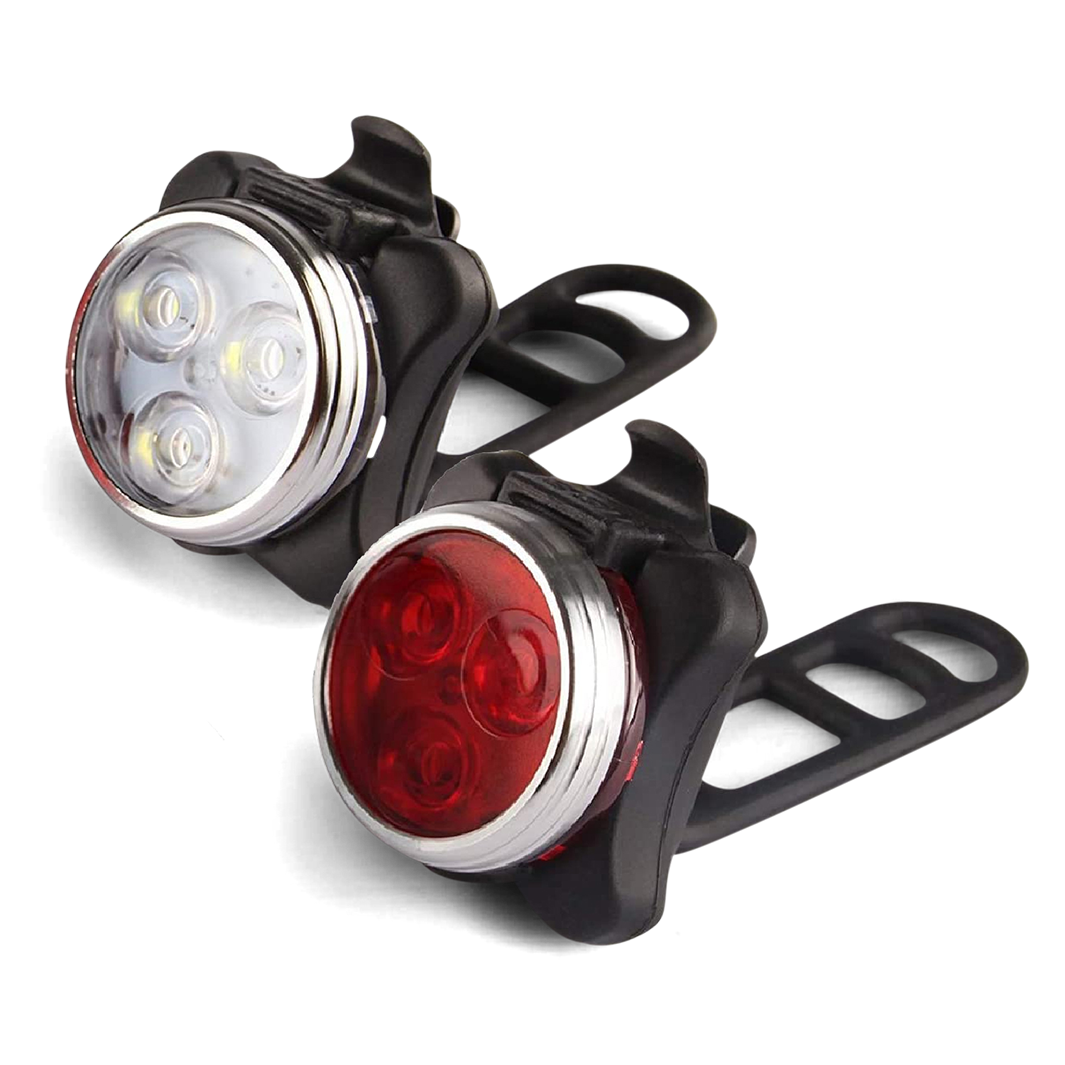















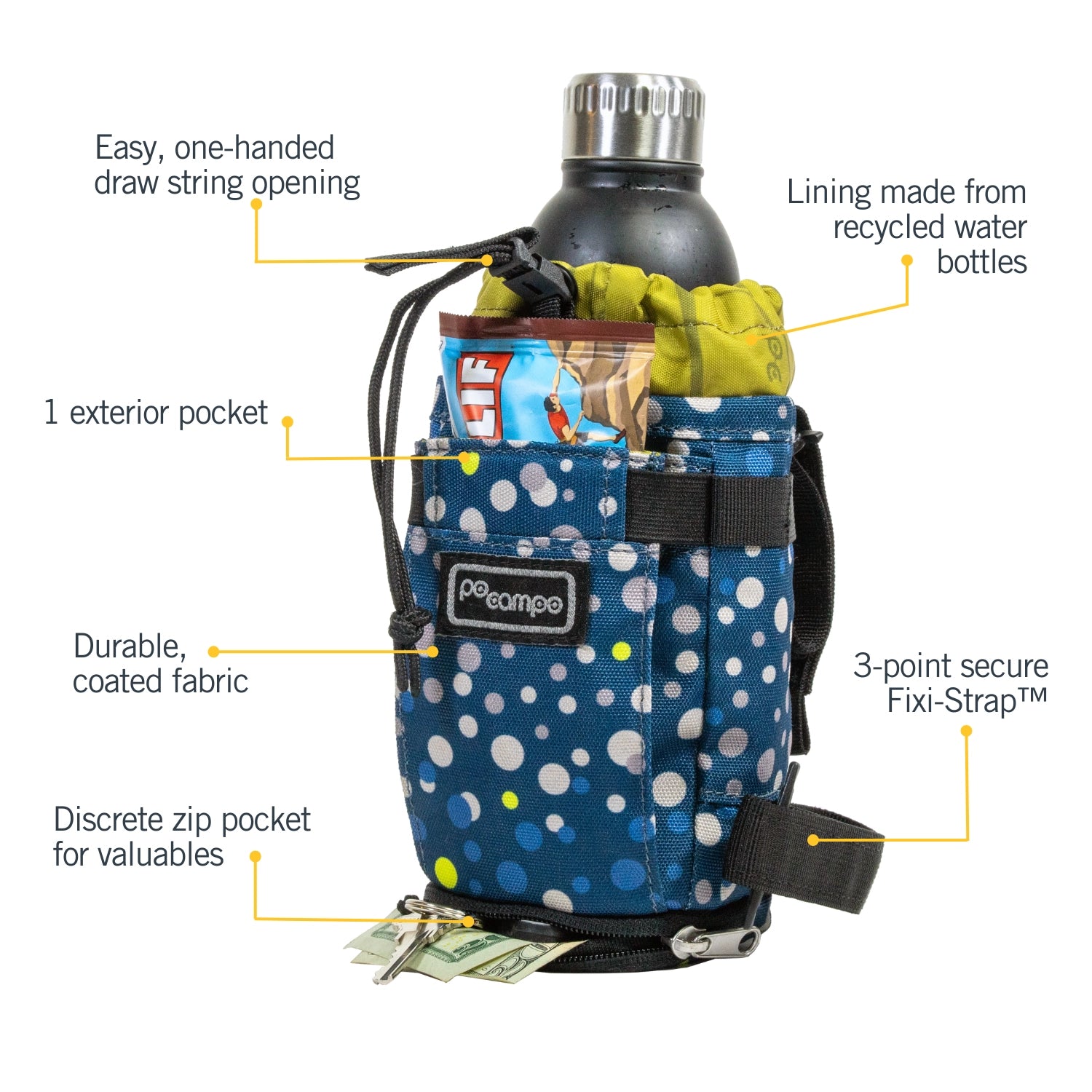


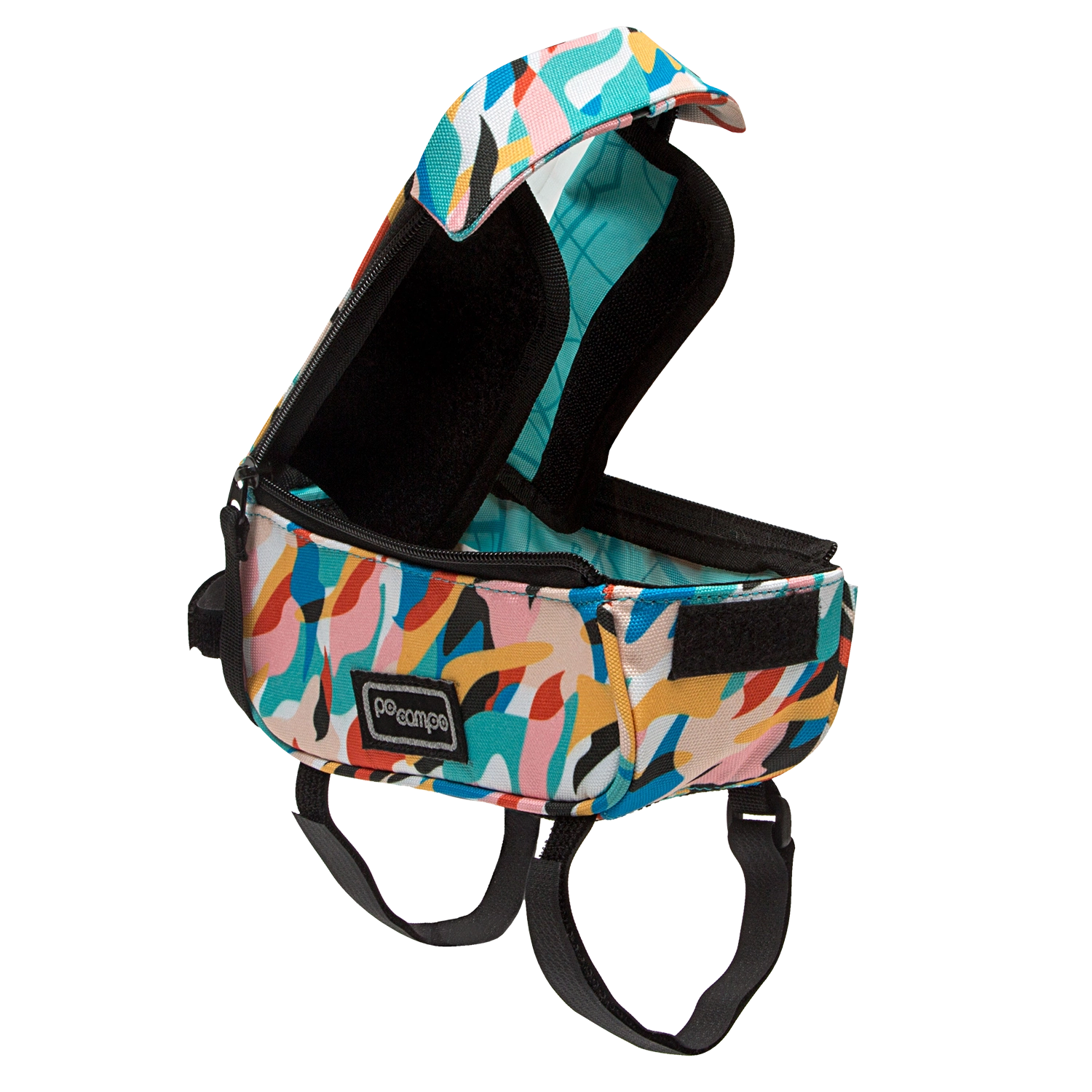









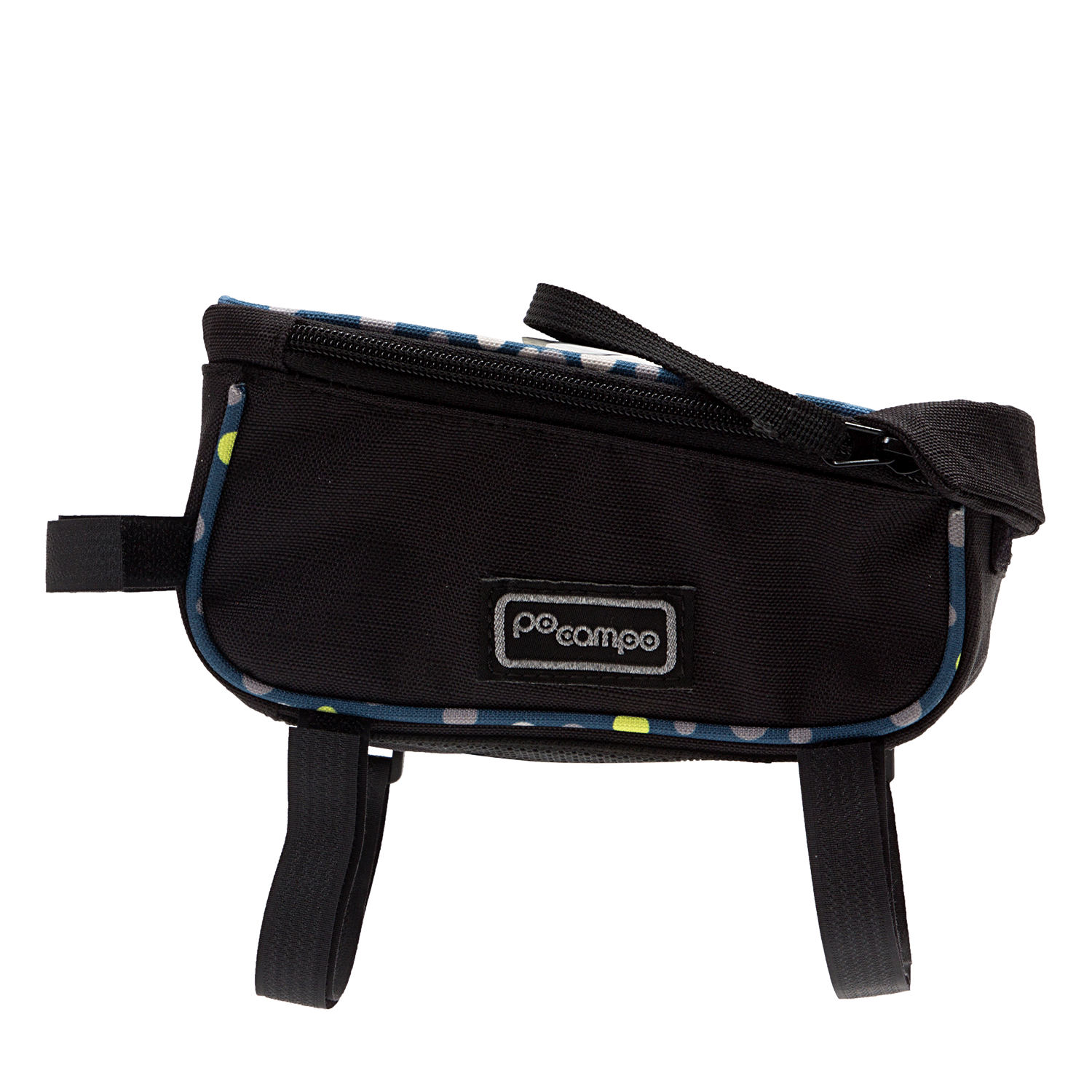

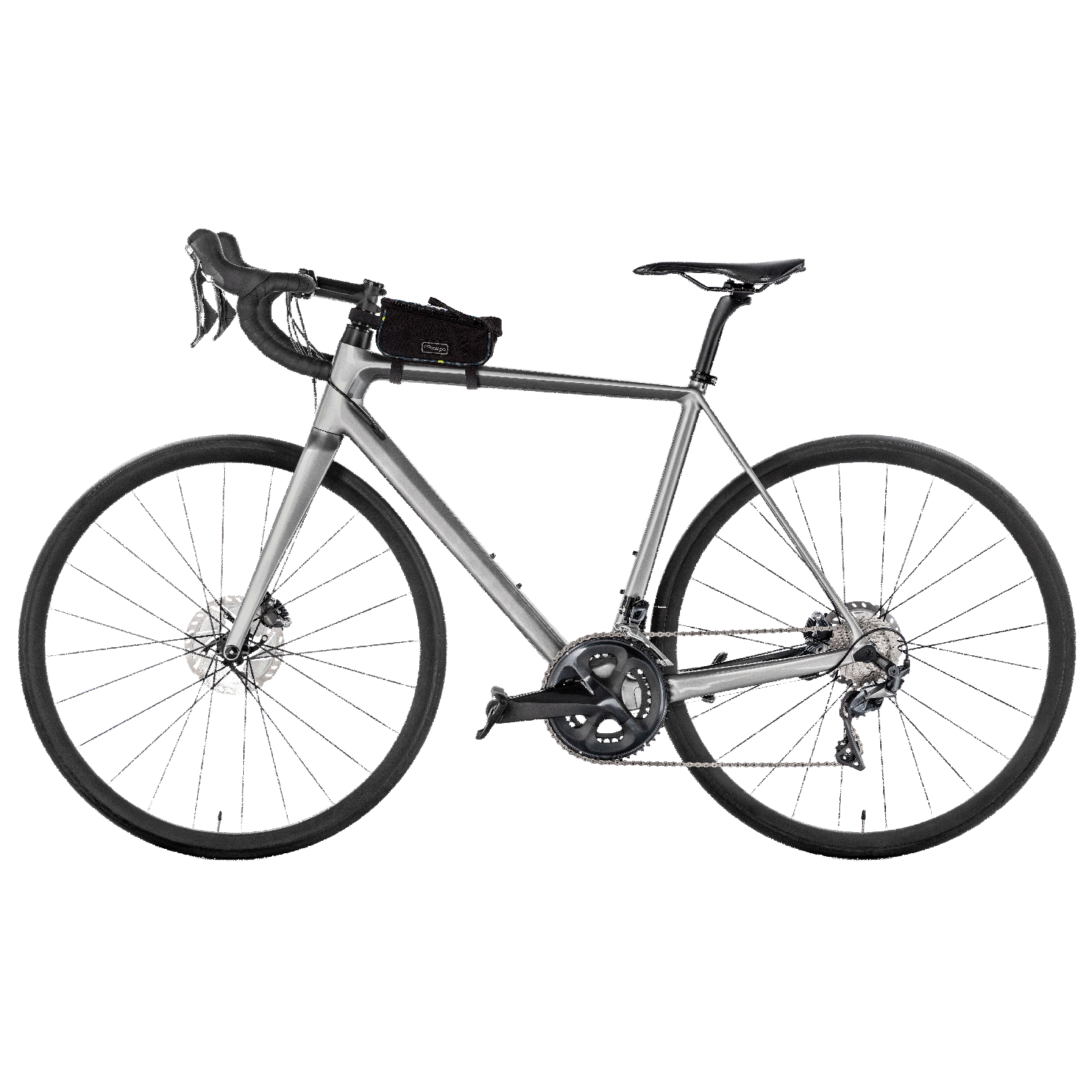
Comments
I would love to see these slow or open streets expand to the neighborhoods which need it most. Areas of Brooklyn and Queens hardest hit by this horrible virus are not getting the services to make lives healthier.